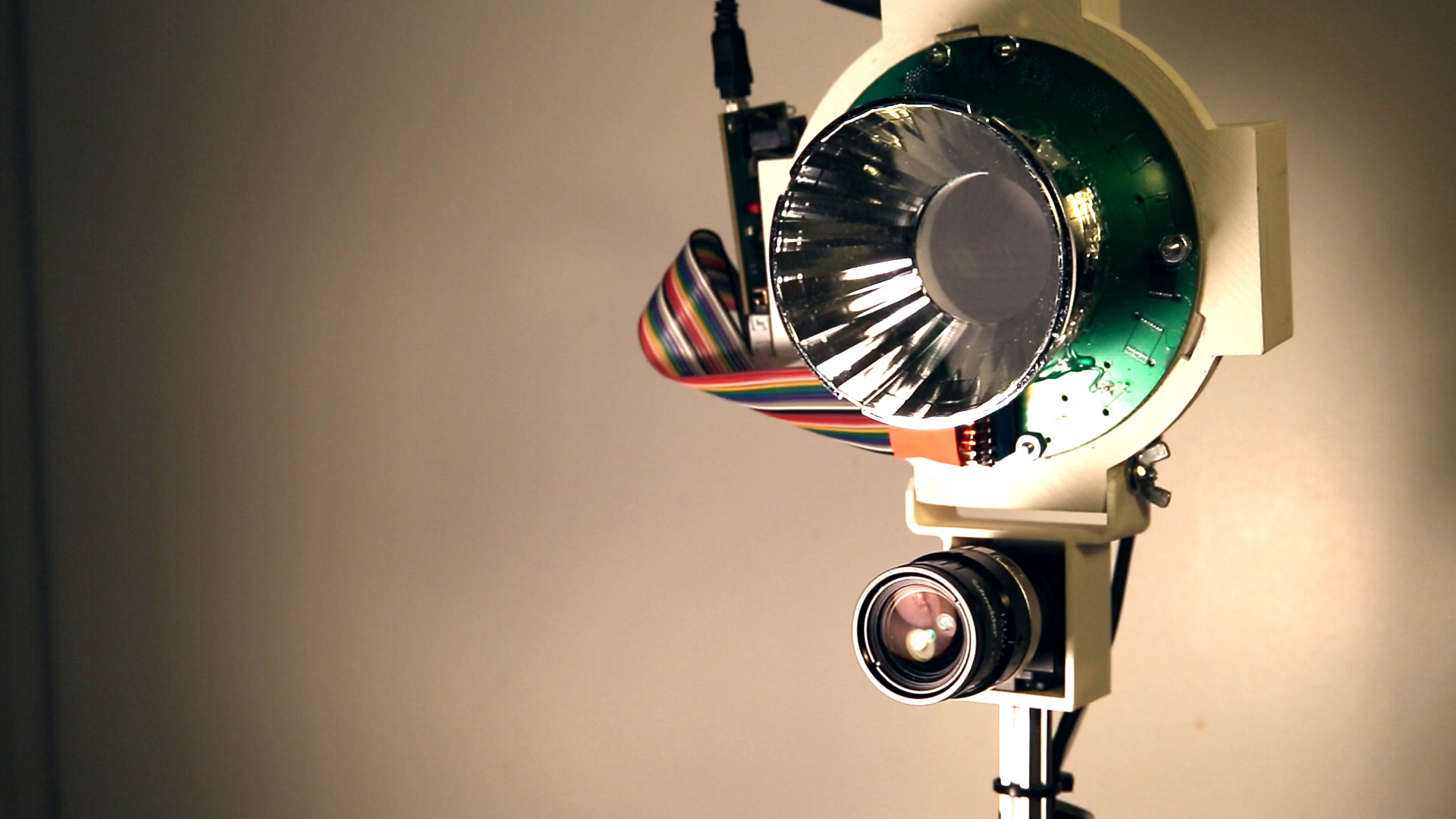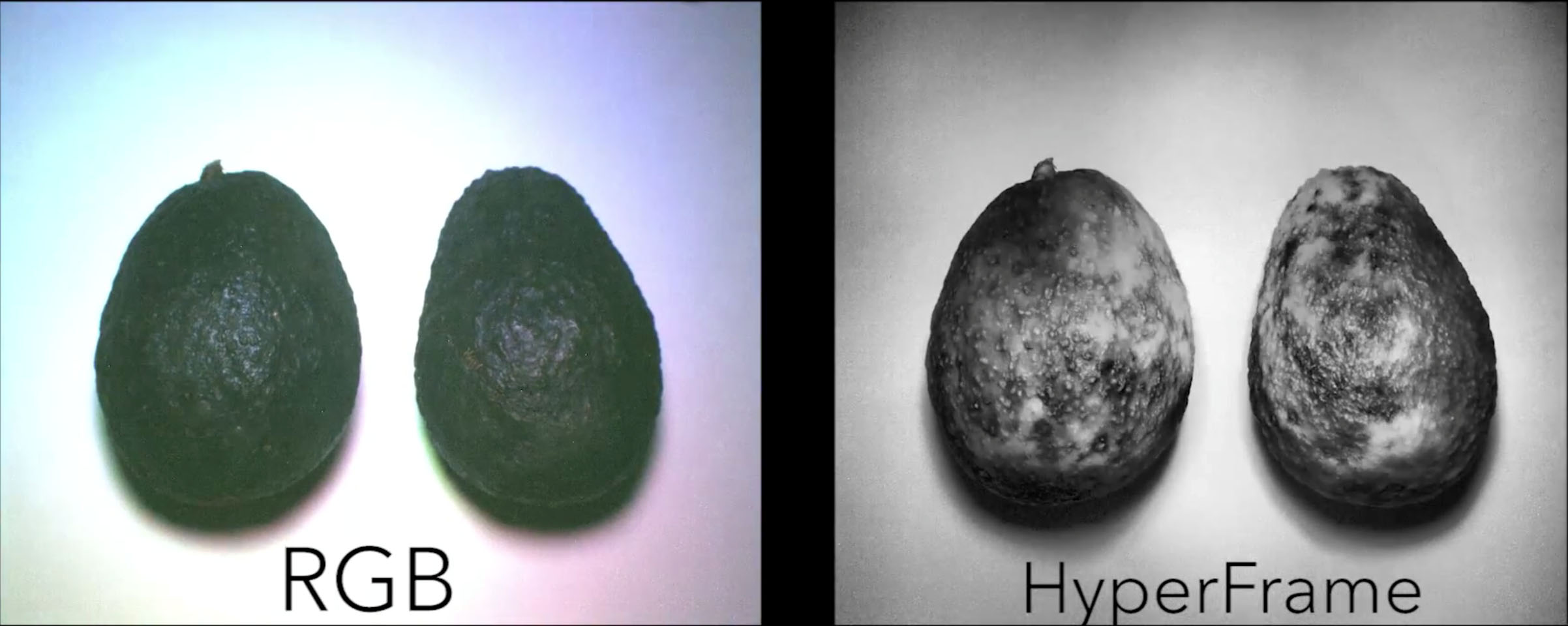Picture this: you’re browsing through the local market looking to pick the best fruit available, but it’s difficult to tell if those peaches or that tomato might be rotting beneath the skin. If this situation takes place in the future, you may have yourself an affordable piece of technology that could allow you to reveal details hidden to the naked eye.

HyperCam is a low-cost hyperspectral camera that reveals details that are difficult or impossible to see with the naked eye. Image source: University of Washington.
The University of Washington and Microsoft Research are currently developing affordable camera technology that could enable people to see what would otherwise be unnoticed. Thanks to a team of computer science and electrical engineers, they’ve created HyperCam, a lower-cost hyperspectral camera that uses both visible and invisible near-infrared light to see beneath surfaces and capture unseen details.
According to a paper the team presented at the UbiComp 2015 conference, the hardware costs about $800, or potentially as little as $50 to add to a mobile phone camera. They’ve also developed intelligent software that easily finds hidden differences between the hyperspectral camera captures and what can be seen with the human eye.

HyperFrames predicted the ripeness of 10 different fruits with 94% accuracy. Image source: University of Washington.
For example, when HyperCam captured images of a person’s hand, it revealed detailed vein and skin texture patterns that are unique to the individual. This can aid in everything from gesture recognition to biometrics, to even distinguishing the differences between two people playing the same video game. In a test of 25 users, the system was able to differentiate between hand images of users with 99% accuracy.
Another test was performed using different fruits, from strawberries to mangoes, over the course of a week. The HyperCam images predicted the relative ripeness of the fruits with 94% accuracy, compared to 62% accuracy for a typical camera.
“It’s not there yet, but the way this hardware was built you can probably imagine putting it in a mobile phone,” said Shwetak Patel, Washington Research Foundation Endowed Professor of Computer Science & Engineering and Electrical Engineering at the UW. “With this kind of camera, you could go to the grocery store and know what produce to pick by looking underneath the skin and seeing if there’s anything wrong inside. It’s like having a food safety app in your pocket.”
Currently hyperspectral imaging is used in everything from satellite imaging and energy-monitoring to infrastructure and food safety inspections, but the technology’s high cost has limited its use to industrial or commercial purposes. The goal of the University of Washington and Microsoft Research is to make a simple and affordable hyperspectral camera for consumer uses.
HyperCam, which uses the visible and near-infrared parts of the electromagnetic spectrum, illuminates a scene with 17 different wavelengths and generates an image for each. One challenge in hyperspectral imaging is sorting through the volume of frames produced. Fortunately the UW software analyzes the images and finds the ones that are most different from what the naked eye sees, essentially zeroing in on ones that the user is likely to find most revealing.
One of the remaining challenges for the team is figuring out a way around the fact that the technology doesn’t work well in bright light. The next research steps will include addressing that problem and making the camera small enough to be incorporated into mobile phones and other devices.
Source: washington.edu
Advertisement
Learn more about Electronic Products Magazine





